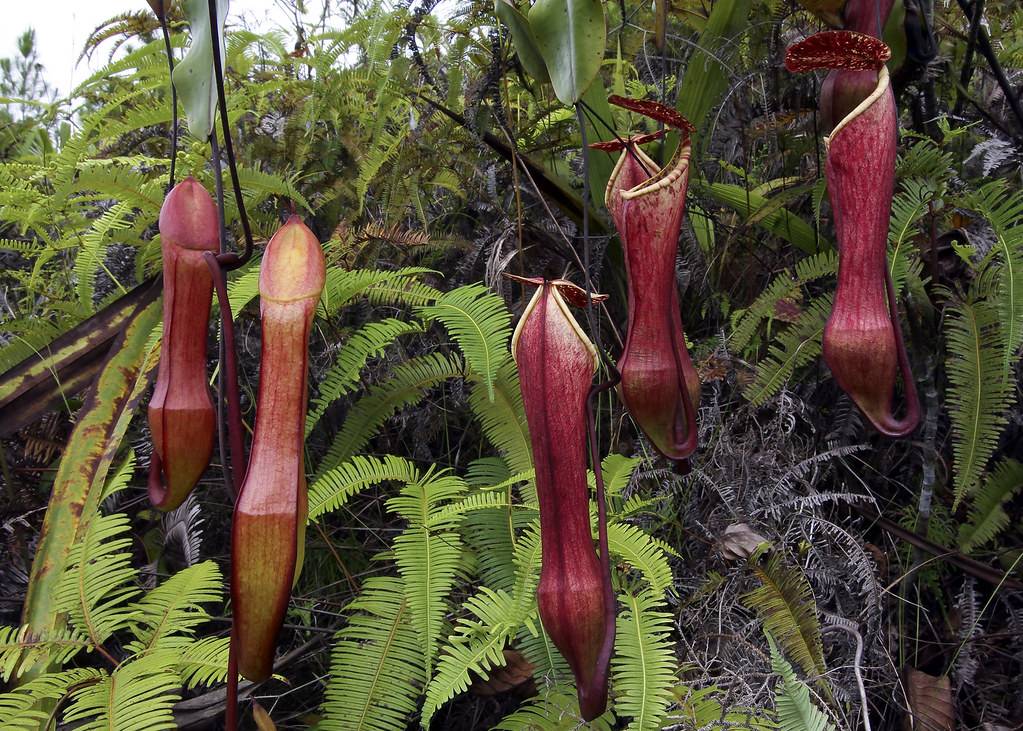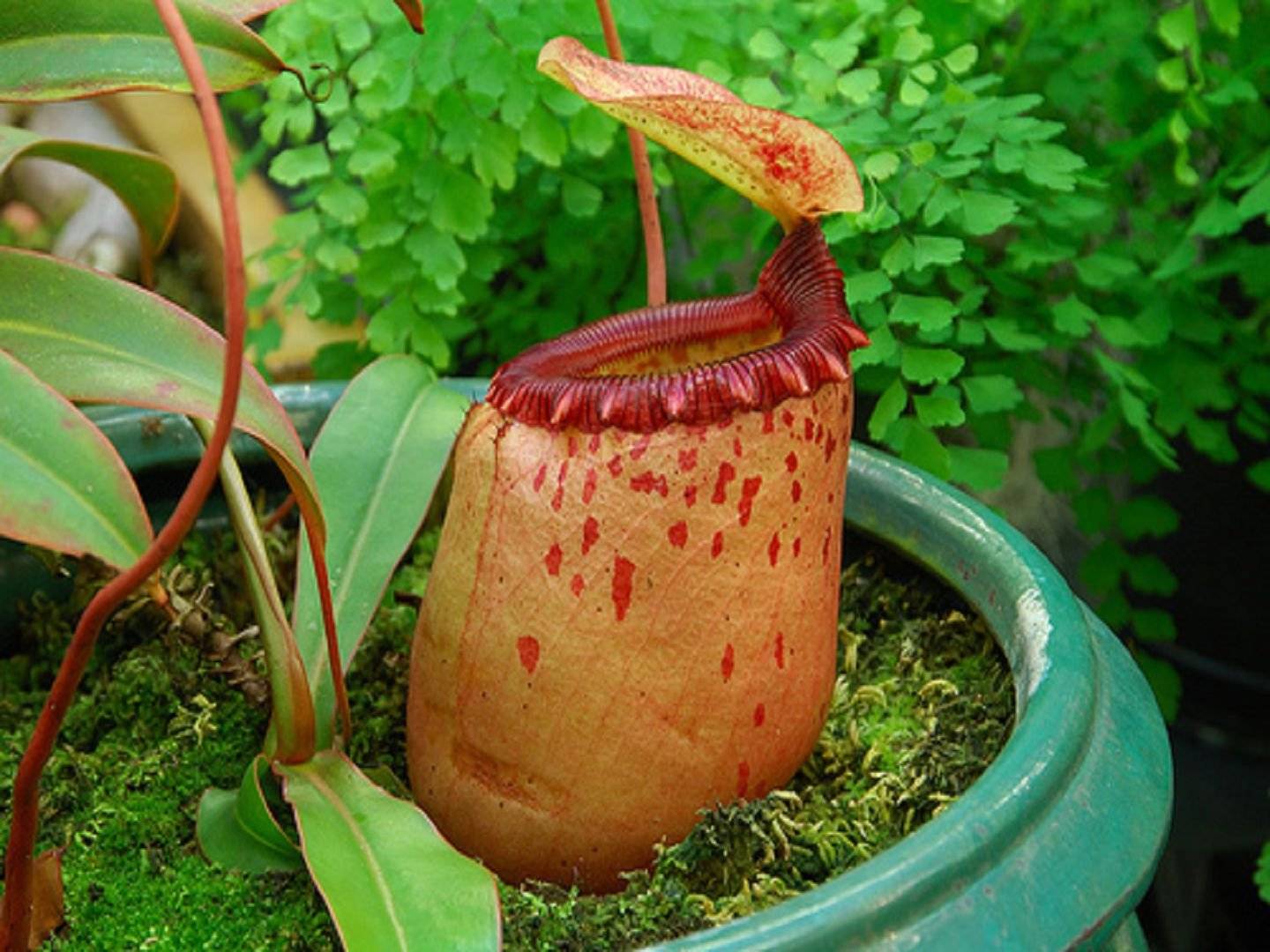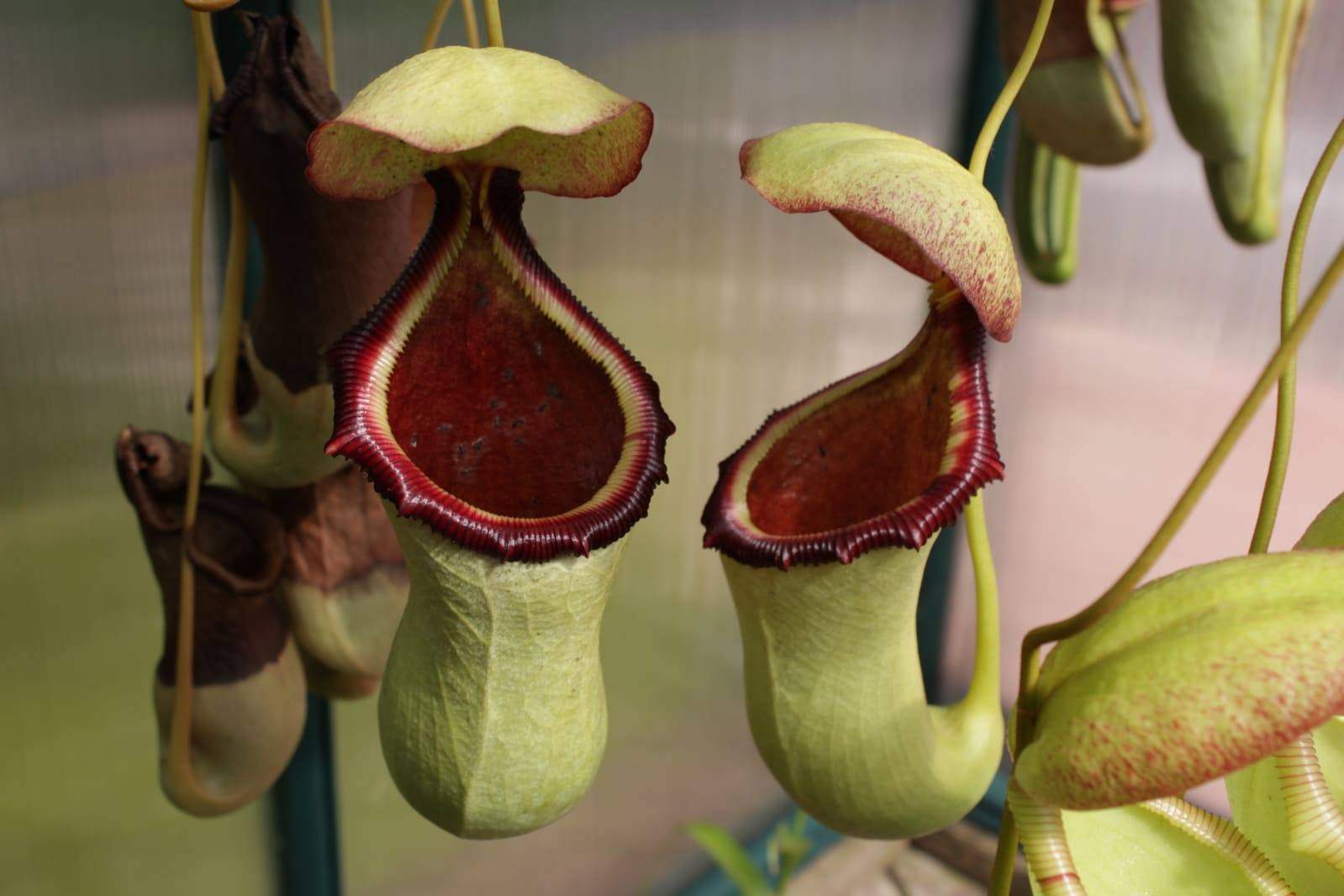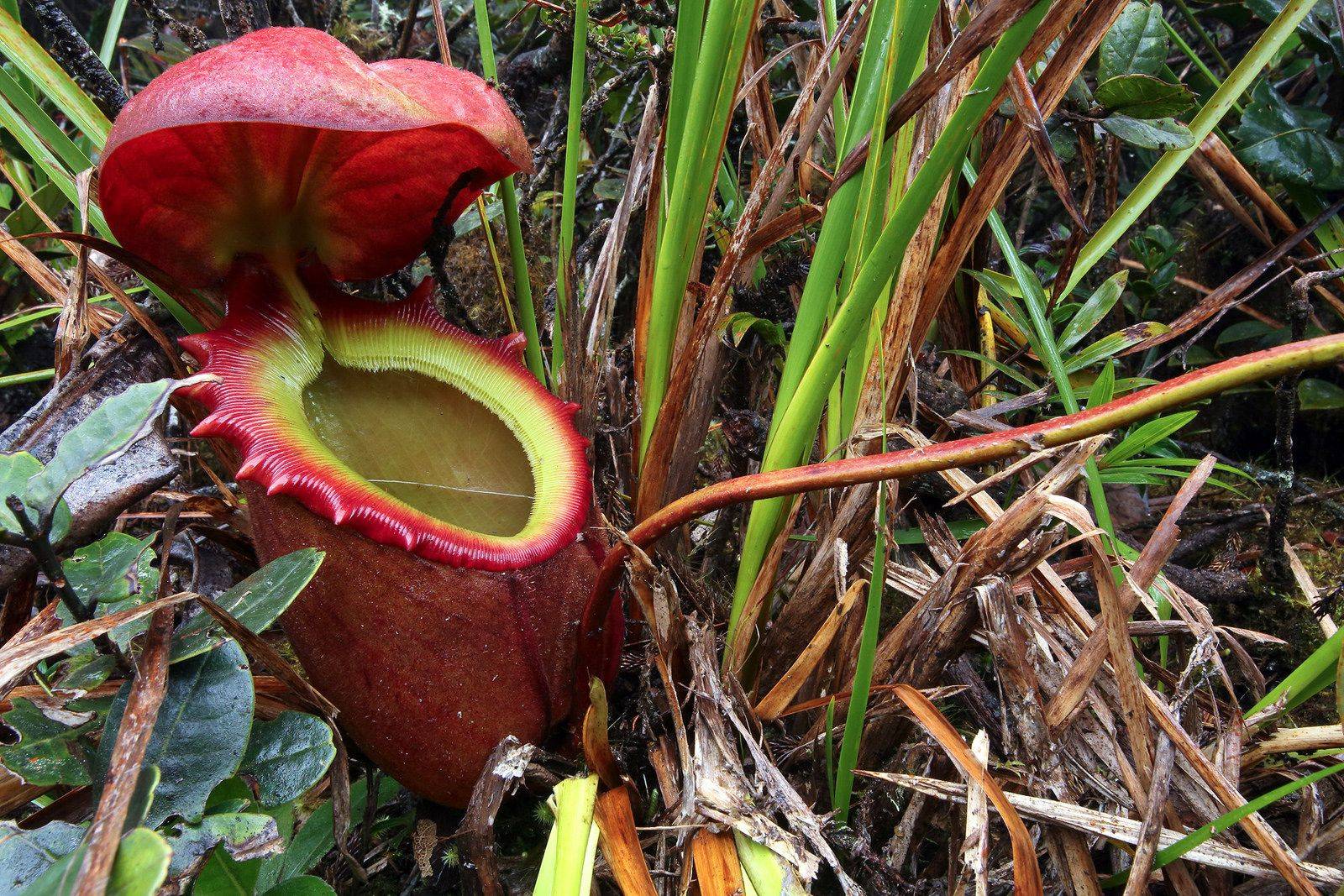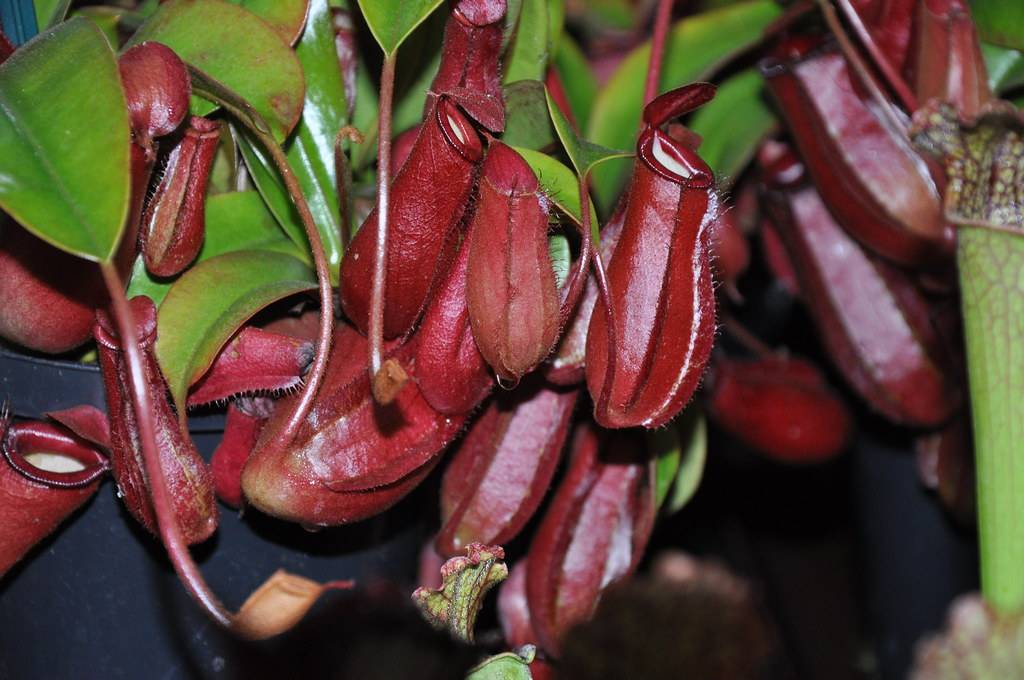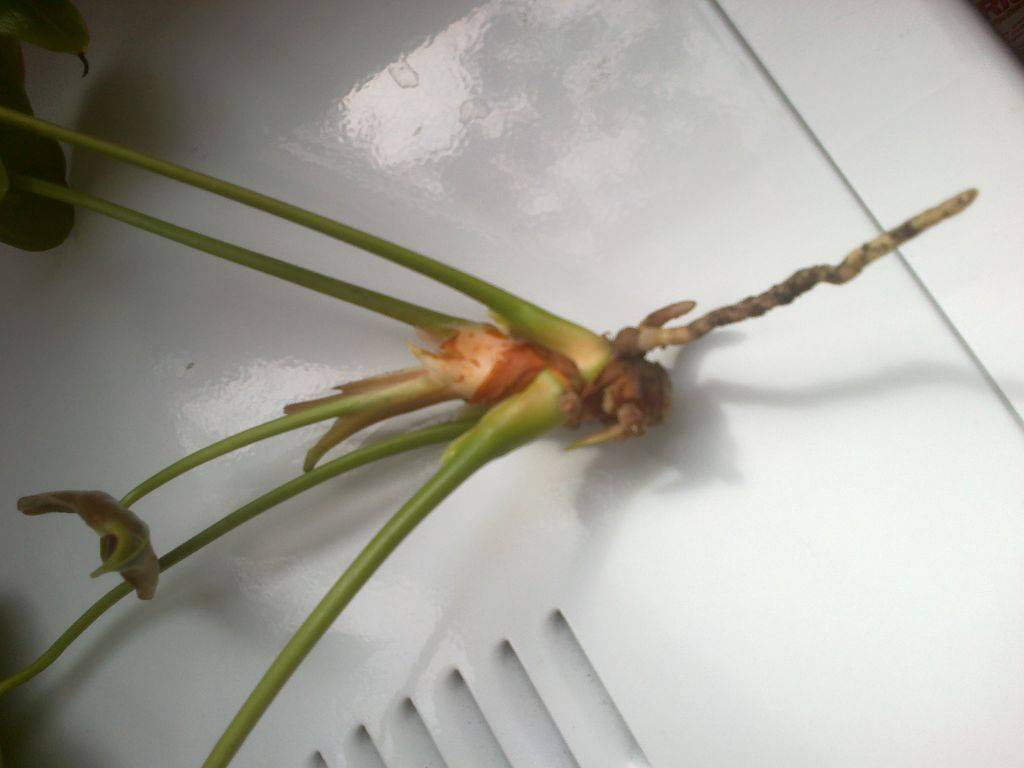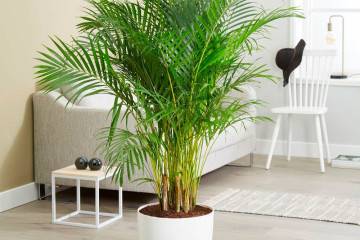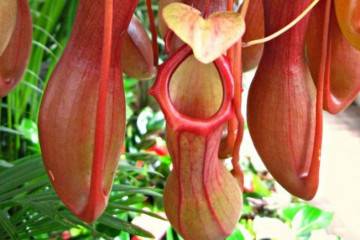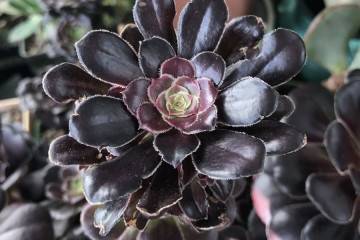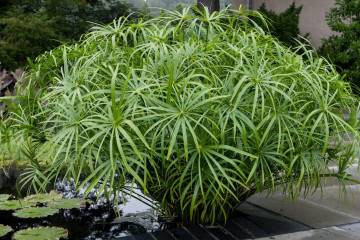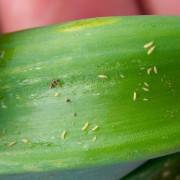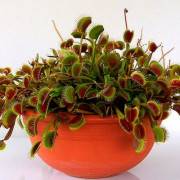Plant predator nepentes - home care
Content:
Nepentes is a predator plant that has not yet become widespread among domestic flower growers. But lovers of exotic specimens are increasingly turning their attention to it. The nepentes flower is a plant that is unpretentious to care for, but constantly needs food - insects.
Description of the carnivorous culture of nepentes
The pitcher plant insectivorous plant in some people causes a feeling of disgust and disgust, but in general, the culture, due to its excellent decorative qualities, fits well and decorates any interior.
Characteristic features of decorative culture:
- a thin stem, the strength of which increases every year more and more;
- flowers of an unusual shape with lids that visually resemble miniature jugs;
- the stem reaches 1 m in height;
- the leaves are elongated, elongated, at the ends there are unusual thin antennae.
The origin of plants
Answering the question of what nepentes is, scientists came to the conclusion that it is one of the most ancient plants growing on earth. In the wild, he lives on about. Madagascar and Australia and Asia. The culture prefers hot and at the same time humid climate.
Scientists suggest that the pitcher began to feed on insects against the background of nutritional deficiencies, and already in the process of evolution, the inflorescences were transformed into unusual traps.
A little about the natural habitat
There are quite a large number of varieties of culture, and each of them has its own individual characteristics. Some varieties prefer to grow in swampy areas, while others in the highlands.
Description of the varieties of nepentes and the features of their content
As mentioned earlier, today there are many varieties of this flower. The most common are:
- Sanguinea;
- Bloody Mary;
- Rajah;
- Attenboroughii
- Alat.
It is necessary to take care of all types of houses in approximately the same way. The agrotechnical complex includes abundant irrigation and the provision of an optimal amount of sunlight (additional) light.
Nepentes sanguinea
This is perhaps one of the most unpretentious plants that can grow at home. The exotic plant looks unusual and impressive, lives in apartment conditions for a long time, of course, subject to the rules of care. The leaves are characterized by an oval shape and a light green uniform color.
Nepentes Ventrata
This view, on the contrary, is one of the most capricious. The culture needs regular feeding with high-quality mineral compounds. In an adult plant, a thin herbaceous stem is formed, the height of which ranges from 60-70 cm. Inflorescences are formed of large sizes, their color is red-orange.
Attenborough
Nepentes Attenborough is considered the most beautiful of the species. The volume of jugs of an adult plant reaches 1.7 liters.
The flowers are characterized by a greenish tint with pronounced brown dots.
Alata
Nepentes Alata is compact and small in size. At home, it grows rather in the form of a vine. In the wild, Alata is only found in the Philippines. During flowering, beautiful and colorful traps are formed, but this rarely happens even under favorable growing conditions.
Rajah
Nepentes Raja is the largest member of the species. In the wild, the plant is able to digest even lizards.
When grown at home, it is often exposed to the development of fungal diseases. To prevent this possibility, you need to regularly loosen the soil. The traps have a rich bright yellow color, their shape is slightly elongated.
Nepentes Bloody Mary
Nepenthe Bloody Mary is very picky about the composition of the soil. The predator received this name because of the rich burgundy color.
Nepentes: home care
Regular potting soil will not work for a pitcher, so you will need to purchase ready-made soil for orchids and sphagnum moss in a specialized store. The pot can only be used with a plastic one, at the bottom of which there will be a powerful drainage layer, consisting of foam, expanded clay.
After all the preparatory measures have been completed, you can proceed directly to planting or transplanting the plant. The flower is planted in the purchased substrate, a thick layer of moss is placed on top, which will allow it to retain moisture. This is perhaps one of the main conditions for the successful cultivation of a predator at home.
The culture loves high levels of humidity, so it is recommended to plant the flower in a larger pot and pour water into the pan. Such an easy-to-implement approach will solve the problem of high air humidity. You should also irrigate the moss that is on the surface of the substrate regularly.
You can water the predator with tap water, but it must be kept warm. A warm shower is recommended twice a week so that water does not get into the flowers.
The predator loves a lot of light and is not afraid of exposure to direct sunlight, on the contrary, they contribute to the formation of water lilies. The life span of each flower is 2-4 months; in general, flowering can last for 8 months.
In the fall, the water lilies fall off, and the plant prepares for the upcoming winter. In the spring they grow back and delight the eye of their owner.
Reproduction of nepentes is carried out by the sowing method (rarely used, since reproduction by seeds is a long process, and the rate of their germination is poor), as well as stem and apical cuttings. It is enough to cut the seedlings, treat the cut sites with a disinfecting compound and place the planting material in water with growth stimulants for the rapid development of the root system.
Feeding nepentes insects: how and by whom correctly
In the wild, the flower hunts mainly for spiders, flies, mosquitoes, grasshoppers, locusts. Some species are happy to feast on small birds, rodents and toads.
If you cannot find something edible at home, it is recommended to visit a fishing store, where small maggot worms are sold in unlimited quantities. They contain a high concentration of protein. To feed a nepentes, it is enough to put an insect in a trap. The optimal frequency of such feedings is 2-3 times a month.
The carnivorous plant nepentes is a representative of the exotic, which is slowly but surely winning the love of flower growers. This is due to unpretentious cultivation and excellent decorative qualities.

